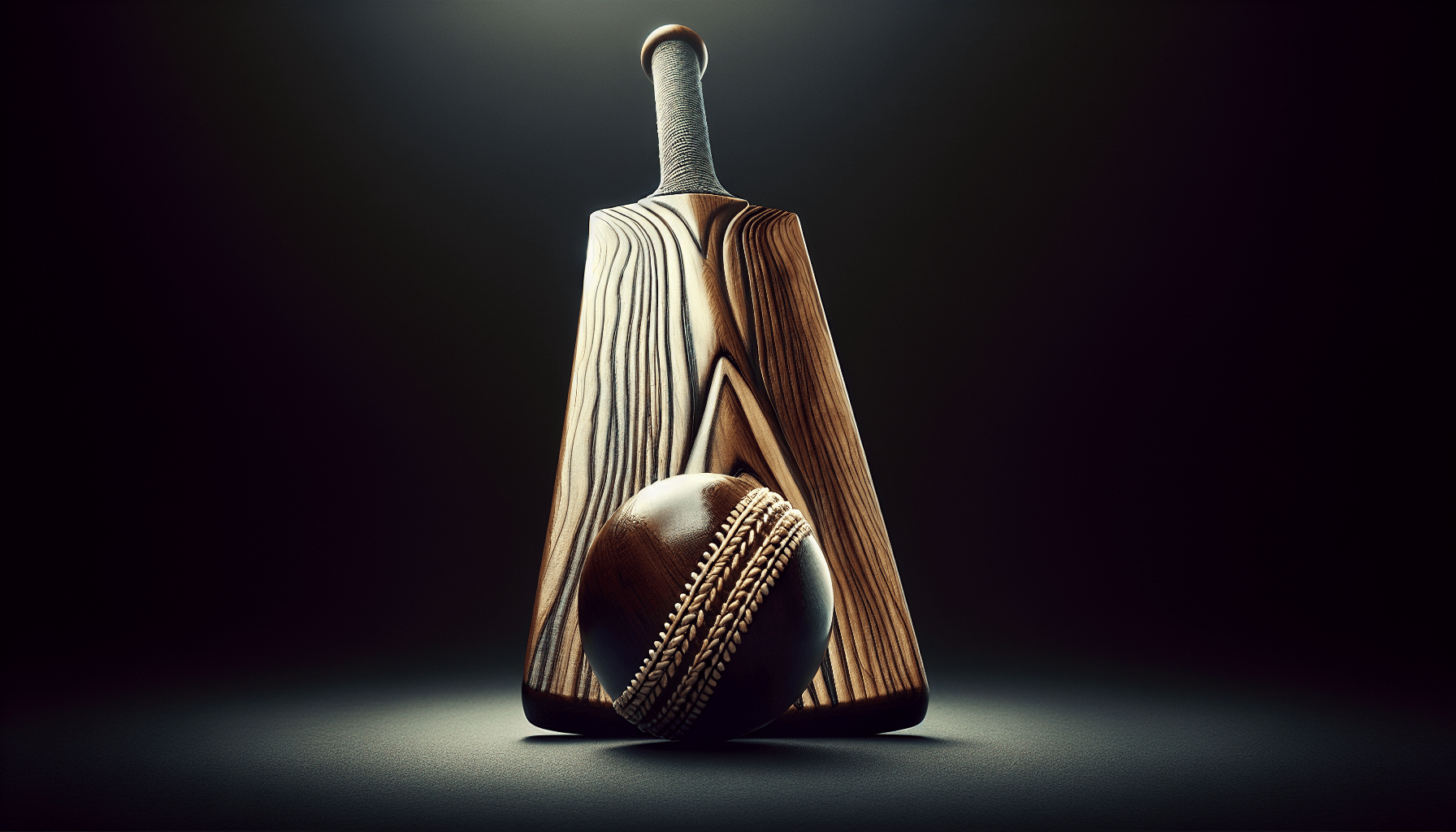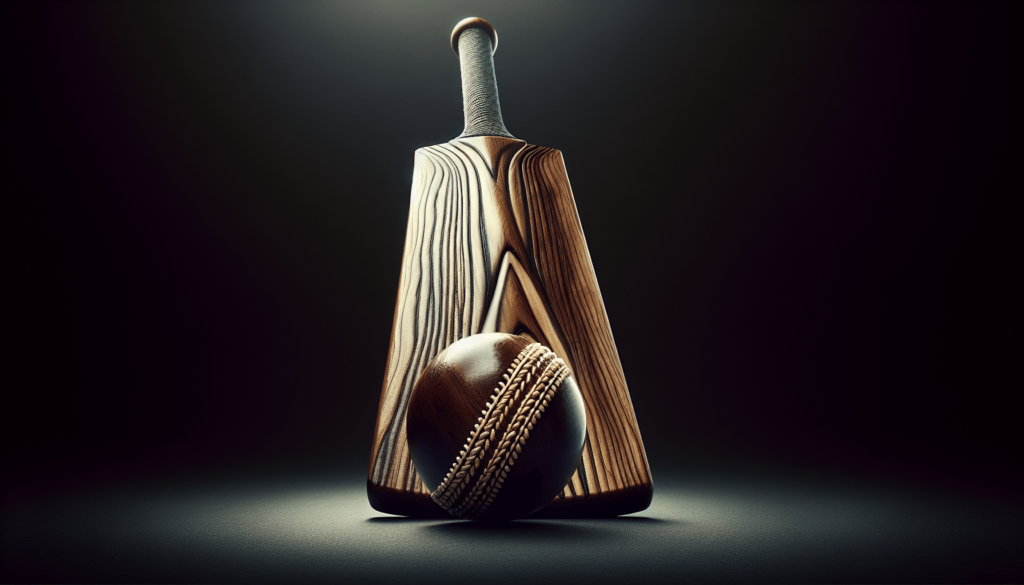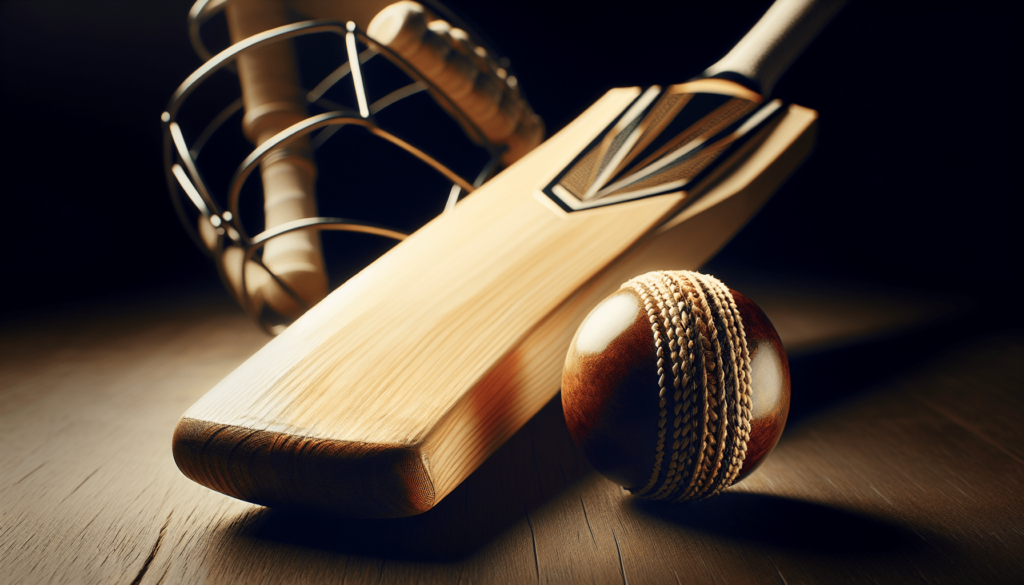Your cart is currently empty!
The Art of Cricket

Discover the beauty and skill behind the game of cricket in “The Art of Cricket.”
The Art of Cricket
Cricket is not just a sport—it’s an art form. From the graceful swing of the bat to the strategic placement of fielders, every aspect of cricket is steeped in elegance and precision. If you’re looking to perfect your cricket game, you’ll need to master both the physical and mental aspects of the sport. Here’s a guide to help you hone your skills and embrace the art of cricket.
Essential Equipment
Before you hit the pitch, you’ll need to make sure you have the right equipment. Here’s a list of essential items every cricketer should have:
- Bat: Choose a bat that feels comfortable in your hand and suits your playing style. Look for one with a slightly curved blade for better control.
- Ball: Opt for a high-quality leather cricket ball for optimal performance.
- Pads: Protect your legs from fast bowlers with sturdy batting pads.
- Helmet: Safety first—invest in a reliable helmet to protect your head while batting.
- Gloves: Keep your hands safe with padded batting gloves.
- Stumps and Bails: Don’t forget to bring along stumps and bails for setting up the wickets.
- Cricket Shoes: Opt for comfortable and sturdy cricket shoes for better grip on the pitch.
Batting Techniques
Batting is arguably the most crucial aspect of cricket, as it determines the team’s score. Here are some essential tips to improve your batting technique:
Stance
Maintain a balanced stance with your feet shoulder-width apart. Keep your eyes level with the bowler and maintain a slight bend in your knees.
Grip
Hold the bat with a relaxed grip and make sure your hands are close together. This will give you better control over the bat and help you generate more power in your shots.
Backlift
Raise the bat back towards your shoulder as the bowler delivers the ball. This will help you generate momentum and play shots with more power.
Footwork
Move your feet to get into the right position to play the ball. Use small, quick steps to adjust your position based on the line and length of the delivery.
Shot Selection
Choose the right shot to play based on the delivery. Practice a variety of shots, including drives, cuts, pulls, and flicks, to become a well-rounded batsman.

Bowling Techniques
Bowling is a challenging art that requires skill, accuracy, and strategy. Here are some tips to help you improve your bowling technique:
Grip
Find a comfortable grip for the ball that allows you to maintain control while bowling. Experiment with different grips to see which one works best for you.
Run-up
Develop a smooth and consistent run-up to generate power and momentum in your delivery. Make sure your run-up is balanced and controlled.
Release
Focus on releasing the ball at the right moment to achieve maximum swing, spin, or pace. Practice variations in your deliveries to keep the batsmen guessing.
Line and Length
Bowl at the right line and length to trouble the batsmen. Aim to hit the top of off stump consistently and vary your lengths to keep the batsmen on their toes.
Field Placements
Work with your captain to set up the right field placements based on the batsman’s strengths and weaknesses. Adjust the field based on the match situation and the batsmen at the crease.
Fielding Skills
Fielding is often overlooked in cricket, but it’s just as crucial as batting and bowling. Here are some tips to help you become a better fielder:
Positioning
Maintain a good position in the field based on the batsman’s tendencies and the match situation. Anticipate where the ball might be hit and be ready to react quickly.
Agility
Improve your agility by practicing quick movements and sharp turns in the field. Stay light on your feet and be prepared to dive or slide to stop the ball.
Catching
Practice catching high balls, low balls, and balls coming at different angles. Focus on keeping your eyes on the ball and using soft hands to cushion the impact.
Throwing
Work on your throwing technique to ensure accuracy and speed in your throws. Practice throwing from various distances and angles to improve your fielding skills.
Communication
Communicate effectively with your teammates to coordinate fielding placements and backing up throws. Work as a unit to prevent easy runs and create opportunities for run-outs.

Mental Preparation
Cricket is not just a physical game—it’s also a mental battle. Here are some tips to help you stay mentally sharp on the field:
Focus
Maintain focus on the game at all times, whether you’re batting, bowling, or fielding. Block out distractions and stay in the moment to make quick, informed decisions.
Confidence
Believe in your skills and abilities on the field. Develop a positive mindset and trust your training to perform at your best when it matters most.
Patience
Cricket is a game of patience, so don’t get discouraged by setbacks or slow progress. Stay resilient and keep working hard to improve your game over time.
Adaptability
Be willing to adapt to different match situations and conditions. Stay flexible in your approach and be open to trying new strategies to outsmart your opponents.
Resilience
Stay resilient in the face of challenges and setbacks. Learn from your mistakes and use them as opportunities to grow and develop as a cricketer.
Conclusion
Cricket is a beautiful art that requires skill, strategy, and finesse. By mastering the essential techniques and honing your mental game, you can become a true artist on the cricket field. Keep practicing, stay focused, and embrace the art of cricket in all its glory. Good luck, and may your cricket journey be filled with success and joy.